Address: Shwedagon Pagoda Road
Year built: 1925
Architect: Unknown
The whitewashed brick monument was erected after the death of Burma’s last queen in 1925. It is built in traditional style: the square base containing her ashes is topped by a stone-made imitation of a multi-tiered pyatthat roof. Its top is crowned by a golden hti. The designers may have “wisely divined that Supalayat would be happier in a tomb reflecting the past rather than the present”, as Donald Stadtner writes in his book Sacred Sites of Burma.
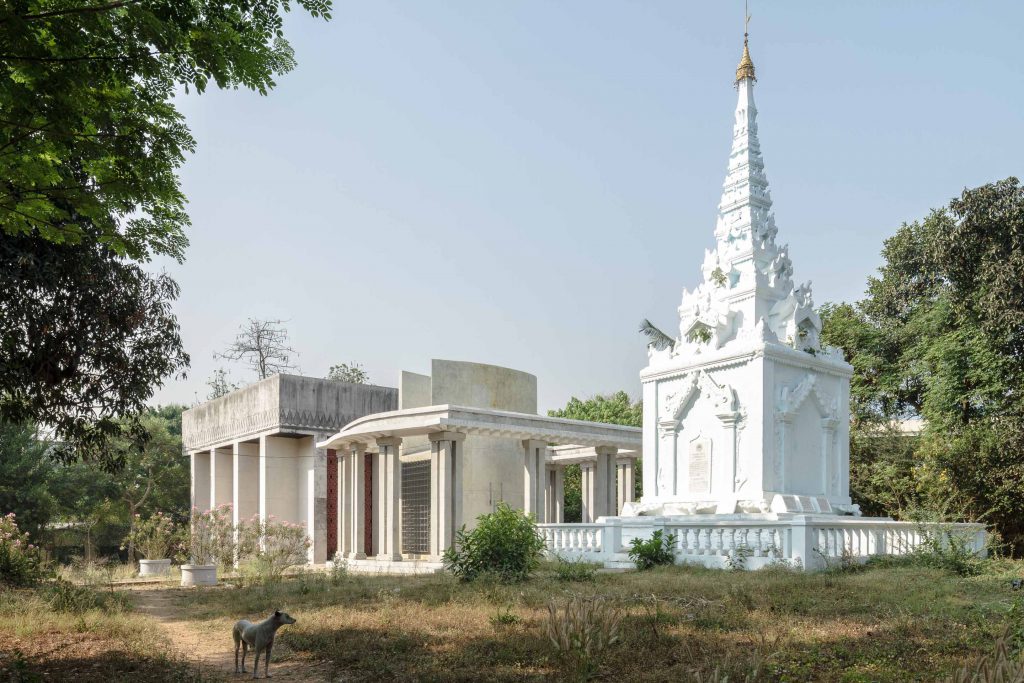
Supalayat was born in 1859 and ascended to the throne as King Thibaw’s wife. The two were half-siblings, their father being King Mindon. Unusually for polygamous Burmese royal households, Supalayat was Thibaw’s only wife. This, it was said, could be attributed to the queen’s domineering attitude and stormy temper. Her most notorious acts included the execution of a rival with whom the King had fallen in love and, though she denied knowledge of the plot, the assassination of up to 100 royal family members in one brutal slaughter. The royal family was sent into exile by the British following the Third Anglo–Burmese War in 1885. Along with their three daughters and a small entourage, they ended up in Ratnagiri, halfway between Mumbai and Goa along India’s western coast. Thibaw died here aged only 57. For those interested in a literary account of Burma’s history and the royal family since their 1885 exile, Amitav Ghosh’s The Glass Palace is a pleasing page-turner. Supalayat was permitted to return to Burma in 1919, and spent her last years in seclusion in Yangon, in today’s 24 Komin Kochin Road.
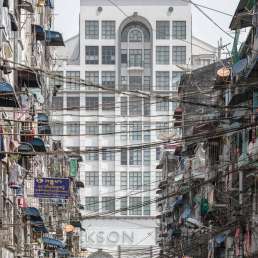
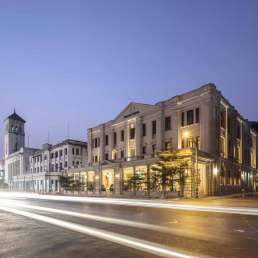
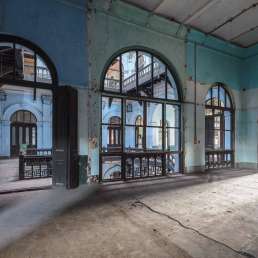
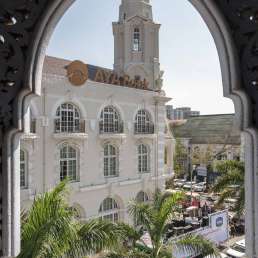
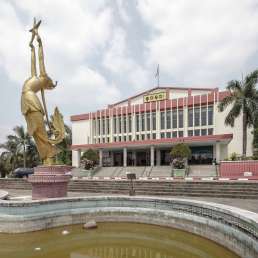
Can you please tell me who is contained in the mausoleum located between the Queen Supalayat and Thakin Kodaw Hmaing mausoleums? I have the book but this is also an excellent website. Thanks.
I now see from a photo caption above that it is Daw Khin Kyi. Thanks.